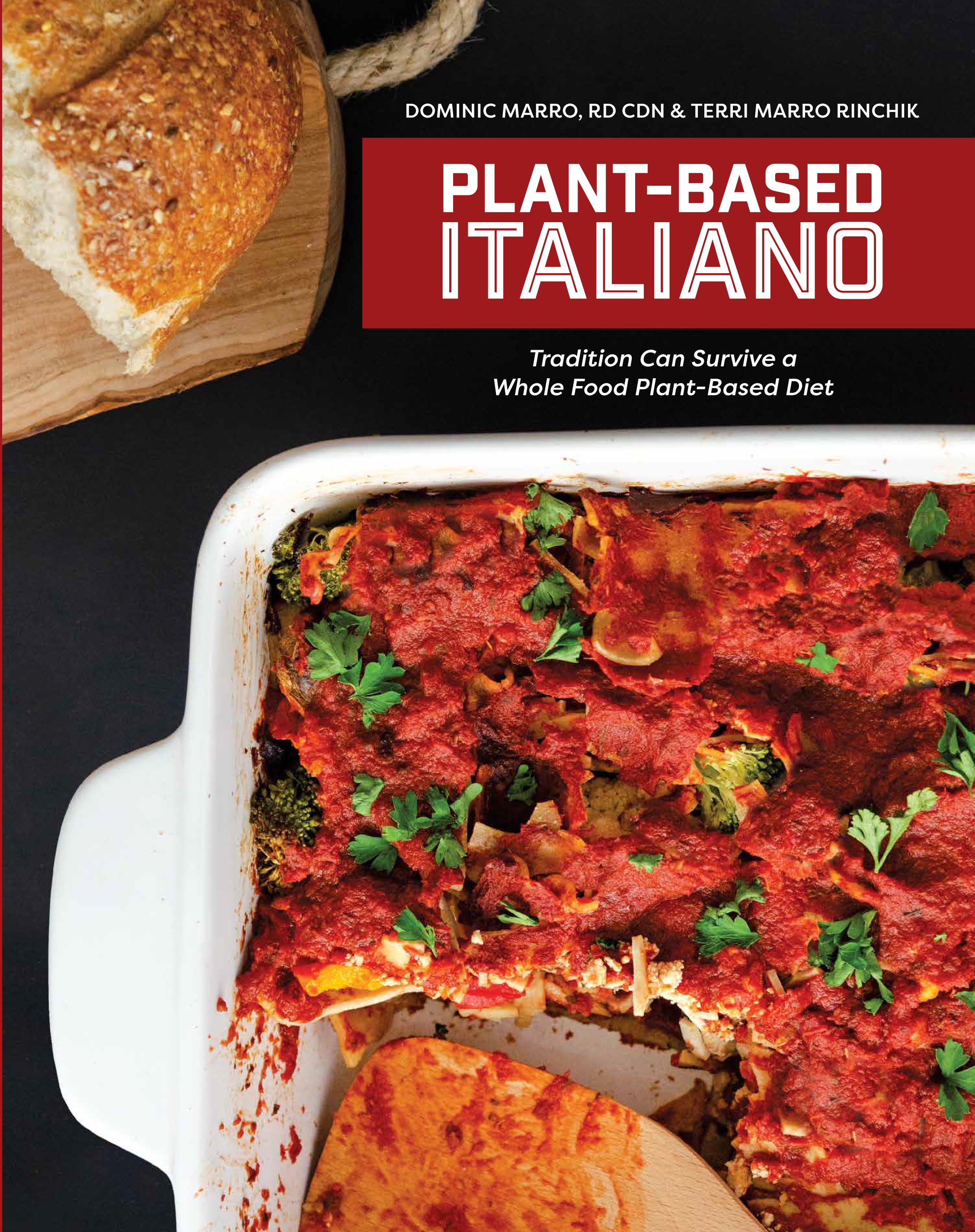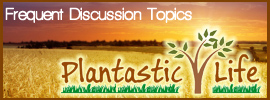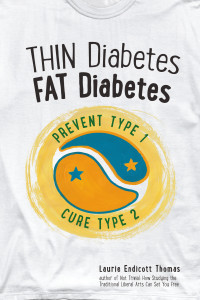The Amazing Microbiome
At the turn of the century, the groundbreaking technique called 16S RNA sequencing, pioneered by Dr. Carl Woese, led to an explosion in scientific research on the human microbiome.
The Human Microbiota and Microbiome
The human microbiota is the aggregate of microorganisms that resides on or within any of a number of human tissues and biofluids, including the skin, mammary glands, placenta, seminal fluid, uterus, ovarian follicles, lung, saliva, oral mucosa, conjunctiva, and gastrointestinal tracts. They include bacteria, archaea, protists, fungi and viruses. Though micro-animals also live on the human body, they are typically excluded from this definition. The human microbiome refers specifically to the collective genomes of resident microorganisms.
Dr. Irminne Van Dyken is a surgeon from Ewa Beach, Hawaii. She has an intense interest in the human microbiome and has extensive knowledge of the relevant research. She spent 45 minutes sharing some of her knowledge with audience members attending Plant Stock 2017. Dr. Van Dyken focused on the gut microbiome. The remainder of this article is a summary of the notes I scribbled during those 45 minutes.
Bacteria – Strength in Numbers and Diversity
There are two to four pounds of bacteria in our gut, most of which is found in our colons. To quote Neil deGrasse Tyson:
“With one linear centimeter of your lower colon, there lives and works more bacteria (about 100 billion) than all humans who have ever been born. Yet many people continue to assert that it is we who are in charge of the world.”
There are thousands of different types of bacteria, but most of our colonic bacteria belong to the genera Bacteroides and Firmicutes. Dr. Van Dyken constantly stressed the importance of maintaining diversity and balance in our gut microbiome. She stated that by age three, the diversity of our microbiome is pretty much established and that diversity goes down as we age – which is not good.
Smelly Farts
Smelly farts indicate a gut that is in dysbiosis. Gut dysbiosis is an imbalance in the intestinal bacteria that precipitates changes in the normal activities of the gastrointestinal tract. In addition to smelly farts, research has implicated intestinal dysbiosis as contributing to vitamin B12 deficiency, steatorrhea, irritable bowel syndrome, inflammatory bowel disease, autoimmune arthropathies, colon and breast cancer, psoriasis, eczema, cystic acne, and chronic fatigue.
4 Important Ways Our Gut Microbiome Affects Us
- Cravings – some harmful bacteria LOVE sugar and act like microscopic puppet masters. That sweet tooth you have may actually be sweet germs.
- Mood and Anxiety – Dr. Van Dyken states the brain and the gut form a bidirectional network. The Vagus Nerve directly connects the brain and the gut and microorganisms in the gut actually make neurotransmitters that affect our behavior.
- Memory and Learning – Some research shows that our gut microbiome influences cognitive function.
- Overall Health and Inflammation – A diverse and balanced microbiome is pivotal in maintaining health and low inflammation levels.
Question: How Can We Optimize our Microbiome?
Answer: Mainly with Food
1. Food
A. Plant Based Diets Vs. Animal Based Diets
- Plant-based subjects have been shown to have healthier microbiomes than subjects eating animal based diets.
- Animal foods produce compounds that promote gut inflammation
- Animal foods associated with more gut bacteria that produce compounds related to colon and liver cancers.
B. Probiotics
A probiotic is a microorganism that when consumed, maintains or restores beneficial bacteria to the digestive tract; also: a product or preparation that contains such microorganisms.
Here is a list of some probiotic-containing foods recommended by Dr. Van Dyken:
Dr. Van Dyken encouraged us to check out a web site created by researcher Jason Hawrerelak called “Probiotic Advisor”. Physicians can subscribe to an evidence-based service that will help them determine which probiotics should be prescribed for specific diseases.
C. Prebiotics
A prebiotic is a selectively fermented ingredient that allows specific changes, both in the composition and/or activity in the gastrointestinal microflora that confers benefits upon host well-being and health. Prebiotics are non-digestible foods that make their way through our digestive system and help good bacteria grow and flourish. Prebiotics keep beneficial bacteria healthy. Prebiotics are NOT bacteria. They are specific nutrients, usually non-absorbable carbohydrates like fructo- and oligo-saccharides, which can be found naturally occurring in whole grains, fruits and legumes. Many prebiotics identified to date are members of the carbohydrate family or, to put it more simply, dietary fibers.
Dr. Van Dyken recommends consuming at least 40 to 50 grams of fiber from varied food sources every day. Consuming diverse prebiotics will lead to a diverse and healthy gut microbiome.
3 common prebiotics found in food
- Inulins (Inulins are the most studied prebiotics)
- Fructooligosaccharides
- Partially Hydrolyzed Guar Gum
Dr. Van Dyken listed the foods below as good sources of prebiotics. She made it very clear that this is NOT an exhaustive list.
- Chicory Root
- Asparagus
- Sugar Beets
- Wheat
- Onions
- Garlic
- Jicama
- Beans
- Bananas (especially green ones)
- Turmeric
- Non-Food ways to impact our microbiome
2. Non-Food ways to impact our microbiome
- Shower Less – According to the Genetic Science Center in Utah, over-cleaning can damage the human microbiome. Dr. Van Dyken admitted on stage that she hadn’t showered in three days. She asked Rip Essestyn to give her a hug and asked “Do I stink”? He confirmed that she, in fact, did not stink. Maybe he was just been being polite, but I’ll take him at his word.
James Hamblin, senior editor of The Atlantic, went an extended period of time without showering and using soaps of any kind. You can read about his experience in this article.
- Avoid anti-bacterial soaps and sanitizers – especially those containing Triclosan. It’s best to wash your hands with soap and water.
- Ammonia Oxidizing Bacteria (AOB) – Research is ongoing on the use of AOB in treating hypertension and acne vulgaris.
- Avoid Sodium Laurel Sulfate – This is a potent detergent that is particularly destructive to healthy skin bacteria.
- Shampoo no more than once per week – Are you ready to join the “No Poo” Movement?
- Avoid Antibiotics When Possible – Antibiotics have saved millions of lives from infections, so when they are prescribed, it’s important to take them for the prescribed duration . I’d like to think that most physicians understand that years of prescribing antibiotics unnecessarily has led to the rise of various strains of antibiotic-resistant bacteria. Antibiotics also can wreck havoc on your gut microbiome. So antibiotics should be avoided unless they are absolutely necessary.
- Get a Pet. It appears that most of the microorganisms carried by our pets are beneficial.
- Open Up Your Windows – Open up your windows and let the microbes flow into your home, car and office.
Dizzying Complexity
The study of the human microbiome is in its nascent stage. Science still knows very little about how different strains and substrains behave and interact with their host’s environment and with each other. I eagerly await new discoveries in this field and I’m very excited to learn how medicine will use these discoveries to prevent and treat diseases.
Stay healthy and strong!.






 E Excerpt from Laurie Endicott Thomas’s amazing book Thin Diabetes – Fat Diabetes by clicking here!
E Excerpt from Laurie Endicott Thomas’s amazing book Thin Diabetes – Fat Diabetes by clicking here!
Speak Your Mind